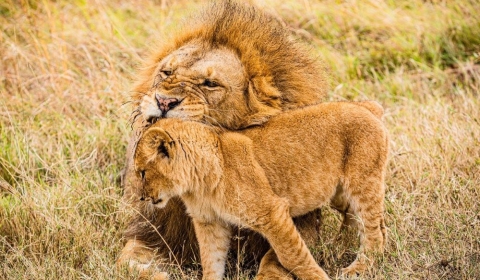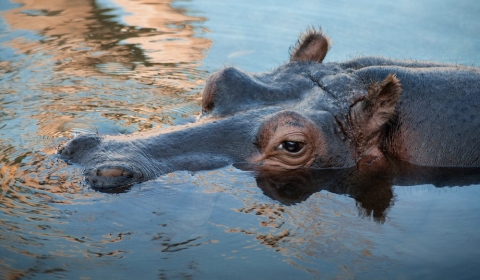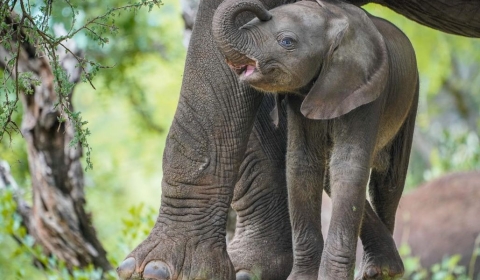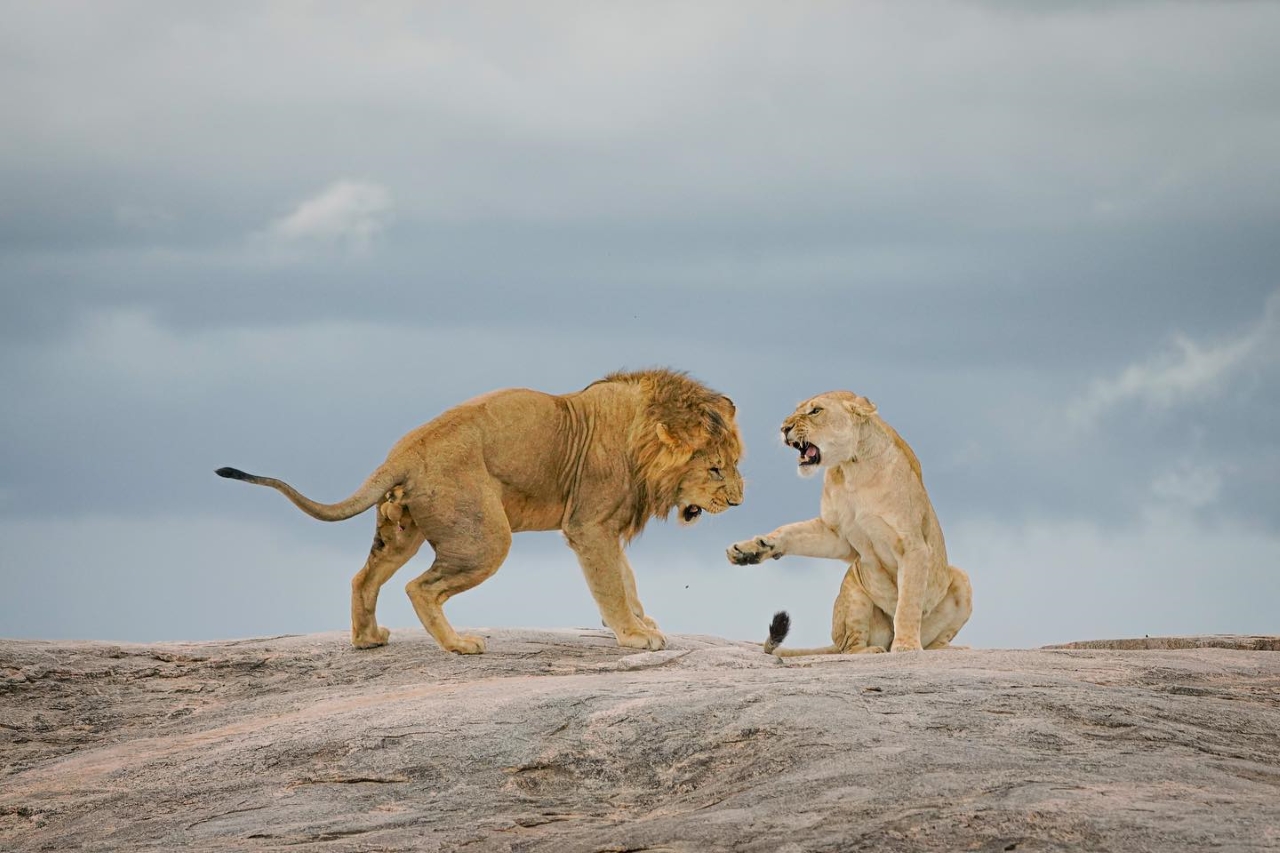
Overview
Serengeti National Park is one of the most renowned and iconic wildlife conservation areas in the world.
Location: Northern Tanzania, bordering Kenya. Size: Approximately 14,750 square kilometers (5,700 square miles). Established: 1951.
Wildlife
Serengeti National Park is famous for its diverse and abundant wildlife. Key species include
Big Five: Lions, leopards, elephants, buffaloes, and rhinos.
Great Migration: This annual event involves over 1.5 million wildebeest, along with hundreds of thousands of zebras and gazelles, migrating across the Serengeti-Mara ecosystem in search of fresh grazing. It is one of the most spectacular natural events in the world.
Other Wildlife: Giraffes, cheetahs, hyenas, hippos, crocodiles, and more than 500 species of birds.
Geography and Landscape
Plains: Vast open grasslands that are central to the park.
Kopjes: Rocky outcrops that provide vantage points for predators.
Woodlands and Riverine Forests: Found mainly in the western corridor and near rivers like the Grumeti and Mara.
Conservation Efforts
Anti-Poaching: Active anti-poaching units work to protect the park’s wildlife, particularly elephants and rhinos.
Research: Various research projects focus on animal behavior, ecology, and conservation strategies.
Community Involvement: Programs are in place to involve local communities in conservation efforts, providing education and alternative livelihoods.
Tourism
Activities: Game drives, hot air balloon safaris, guided walks, and cultural visits to nearby Maasai villages.
Accommodation: Ranges from luxury lodges and tented camps to budget campsites.
Best Time to Visit: June to October for the dry season and great migration, but wildlife viewing is good year-round.
Cultural Significance
Maasai People: Indigenous to the region, the Maasai maintain their traditional ways of life and contribute to the cultural landscape of the Serengeti.
UNESCO World Heritage Site
Designation: The park was designated as a UNESCO World Heritage Site in 1981, recognizing its outstanding universal value and ecological importance.
Visitor Information
Access: The park is accessible via road from Arusha or by air through several airstrips within the park.
Entry Fees: Visitors must pay entry fees, which contribute to the park’s maintenance and conservation efforts.
Regulations: Visitors are encouraged to follow park regulations to protect the wildlife and environment, such as staying on designated roads and respecting wildlife.
